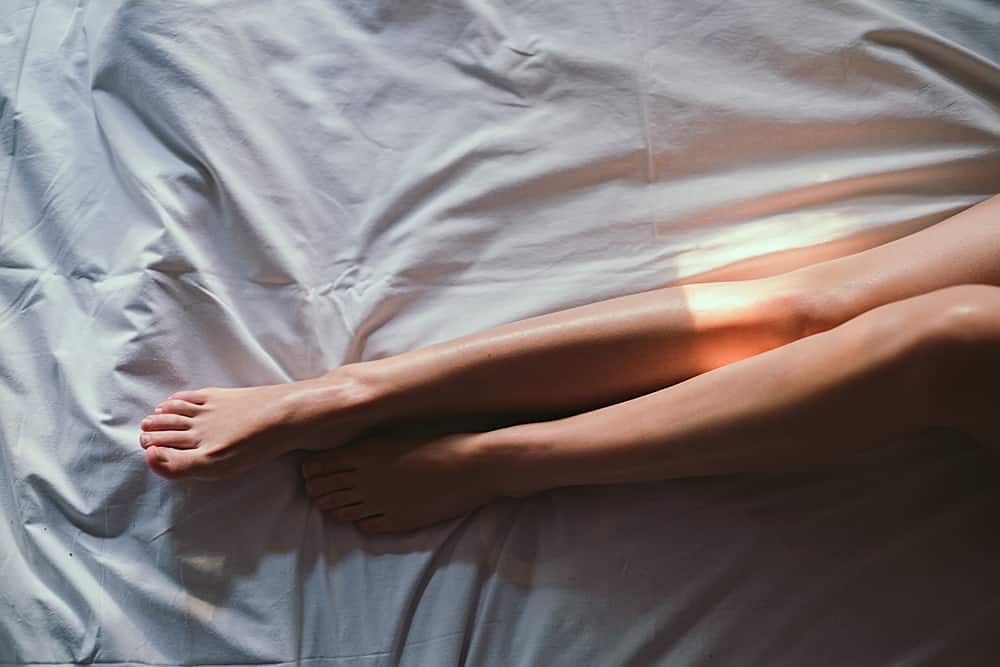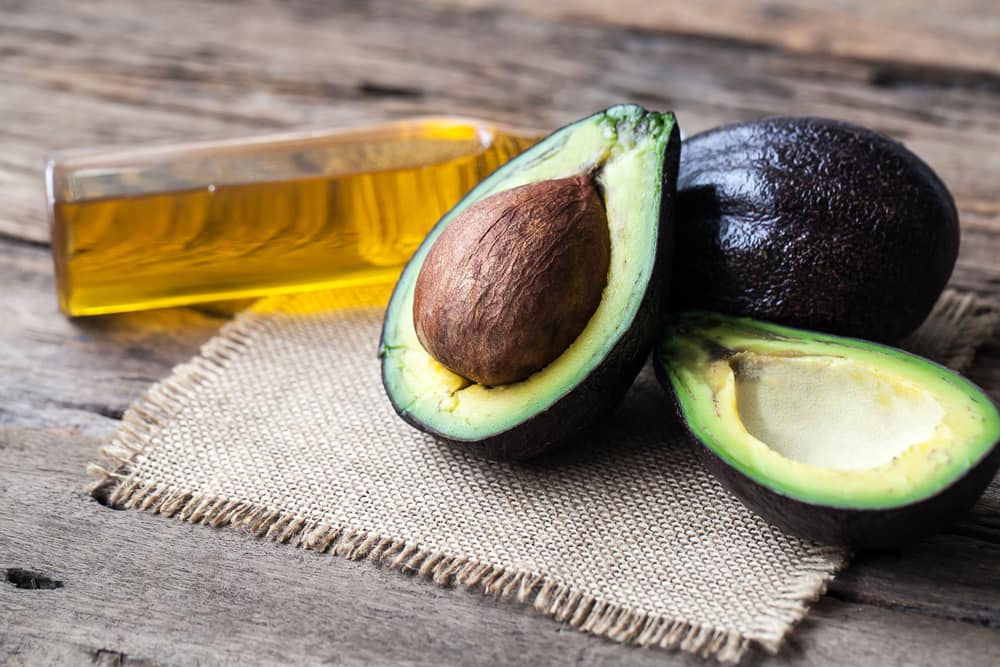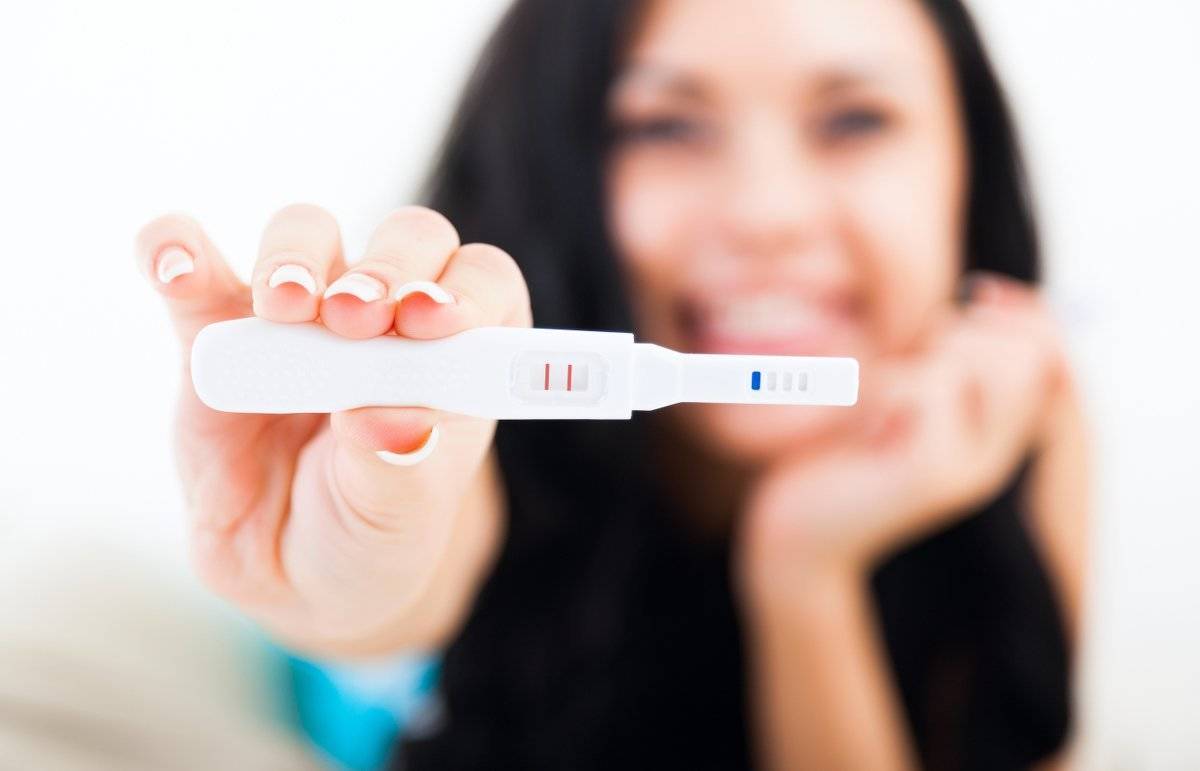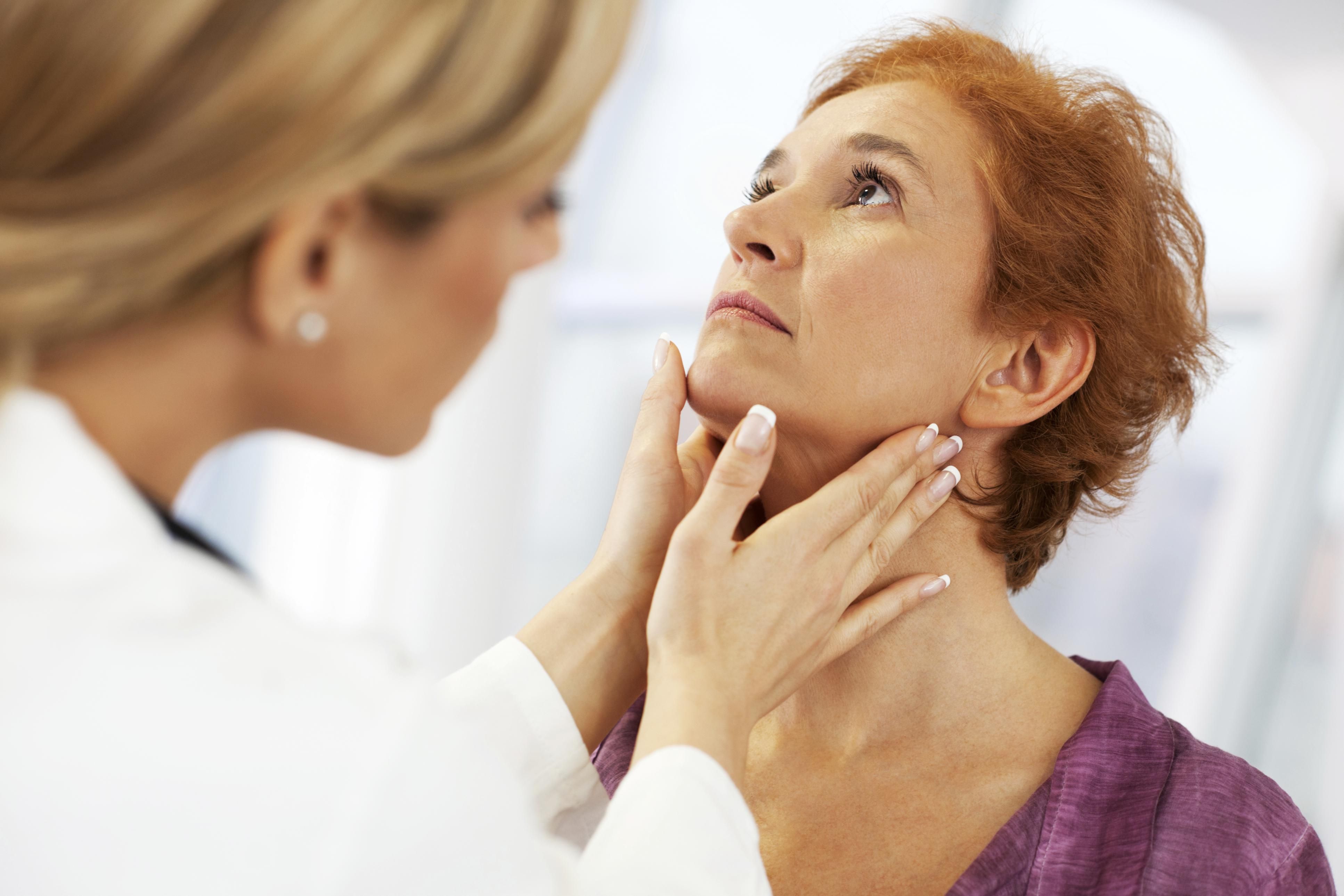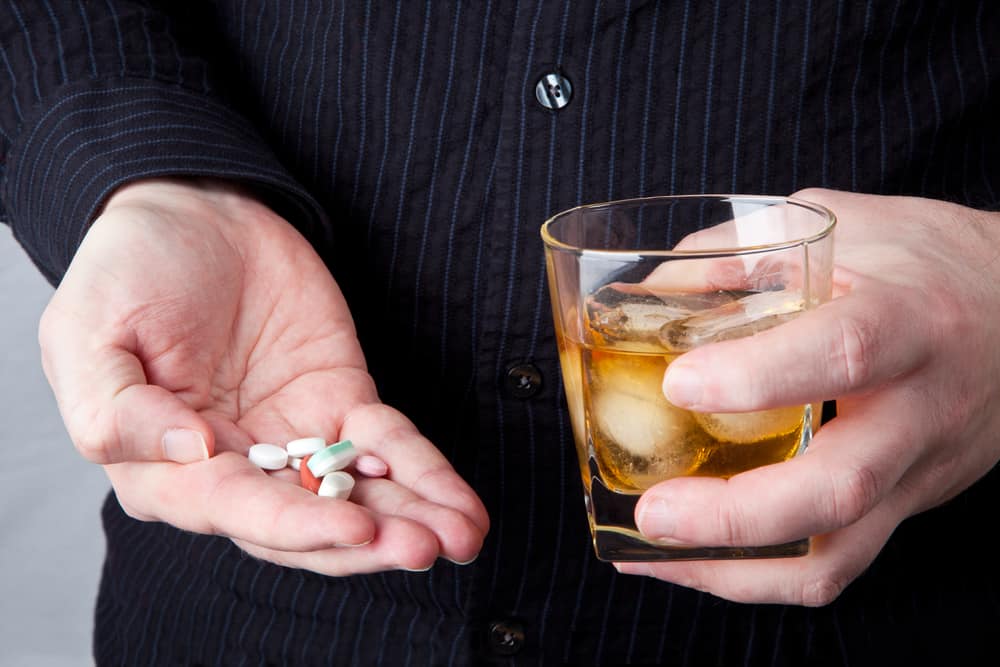Contents:
- Medical Video: Hemorrhagic Stroke (Brain Hemorrhage)
- Direct effects and long-term effects
- Variety of effects that arise
Medical Video: Hemorrhagic Stroke (Brain Hemorrhage)
Post-stroke, after an emergency has passed and the patient has stabilized, there are still a number of possible impacts. Short-term symptoms are often accompanied by the consequences of long-term symptoms. When experiencing stroke symptoms such as reduced vision, weak body, loss of response to stimulation, or confusion, after being discharged from the hospital patients may still experience long-term disability with similar symptoms.
Direct effects and long-term effects
Sometimes, the stroke phase has worse symptoms than the effects after recovery. For example, if stroke symptoms at an early stage include hand numbness and inability to move the arm, disability during and after recovery may include occasional numbness, occasional tingling, and weakness in the fingers. If the initial symptoms include occasional changes in vision and loss of field of vision, long-term effects may include a decrease in viewing power that is not so severe. Sudden symptoms such as leg weakness and tingling will eventually stabilize or disappear.
Often, in the stage of an emergency stroke, patients need rest, close care support and other assistance. During hospitalization, the hospital environment is arranged in such a way as to combine medication schedules, meal times, and routines to maintain personal hygiene. Patients in hospitals for stroke care are generally not allowed to read, think about complicated problems, make decisions, or carry heavy objects.
During the rehabilitation phase and after returning home, complex integrative skills are generally tested in an environment where a decrease in real body function is felt by the patient. Patients may easily forget the usual tasks. The inability to independently manage several tasks does not appear to be a problem until the patient is required to carry out his routine.
Variety of effects that arise
After a stroke, several consequences include loss of vision in one eye and loss of vision in one or both eyes. Some visual syndromes may indeed occur. Problems in measuring distance may also occur. Some stroke survivors have problems that are negligence which results in them being insensitive to the environment or objects, people, or sounds around them. Weakness in all or part of the arm or leg can also occur. Usually, only one side of the body becomes weak, but some cases of stroke can cause weakness on both sides of the body, resulting in patients having difficulty walking, lifting, or carrying a burden. This becomes real and can reduce sensitivity to stimulation, or hypersensitivity or even pain if the body responds to temperature.
Pain during rest may be a problem for some stroke sufferers. Coordination of the body will be affected, causing problems with motor skills even if the body is healthy. Facial movements such as eyelid movements will also be disrupted. Weakness in facial muscles will change one's appearance. Difficulty chewing or swallowing can be a serious problem for stroke patients. Sound can also change due to the muscles that produce a weak voice. Hearing problems are a result of a stroke. Difficulty speaking makes the patient look like he is mumbling. Understanding of language both verbally and in writing is also disturbed. Difficulty concentrating, decreased memory ability, fatigue and mood changes may occur.
Headaches can get worse after a stroke. Disorders of thinking, expressing opinions, and knowledge may occur after a stroke. Some stroke sufferers experience seizures due to damage to some brain tissue.
There are several possible long-term effects of post-stroke at different levels and can develop over time. As soon as the stroke phase passes, symptoms of stroke generally do not worsen unless there is another disease that worsens a stroke. Diseases that can worsen the effects of stroke include infection, systemic disease, or drug effects.



